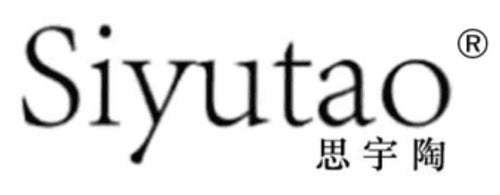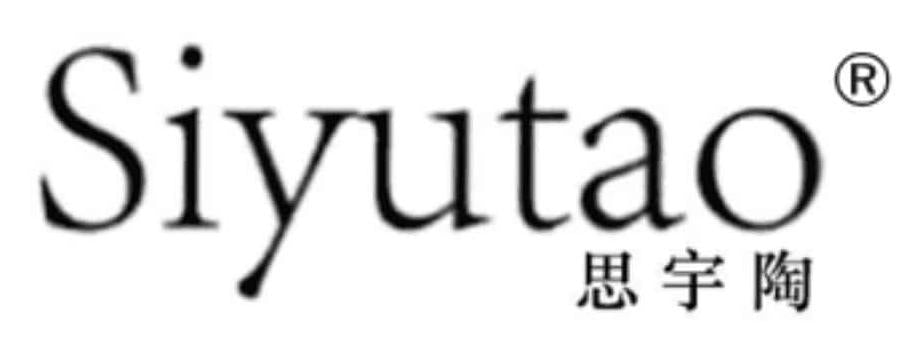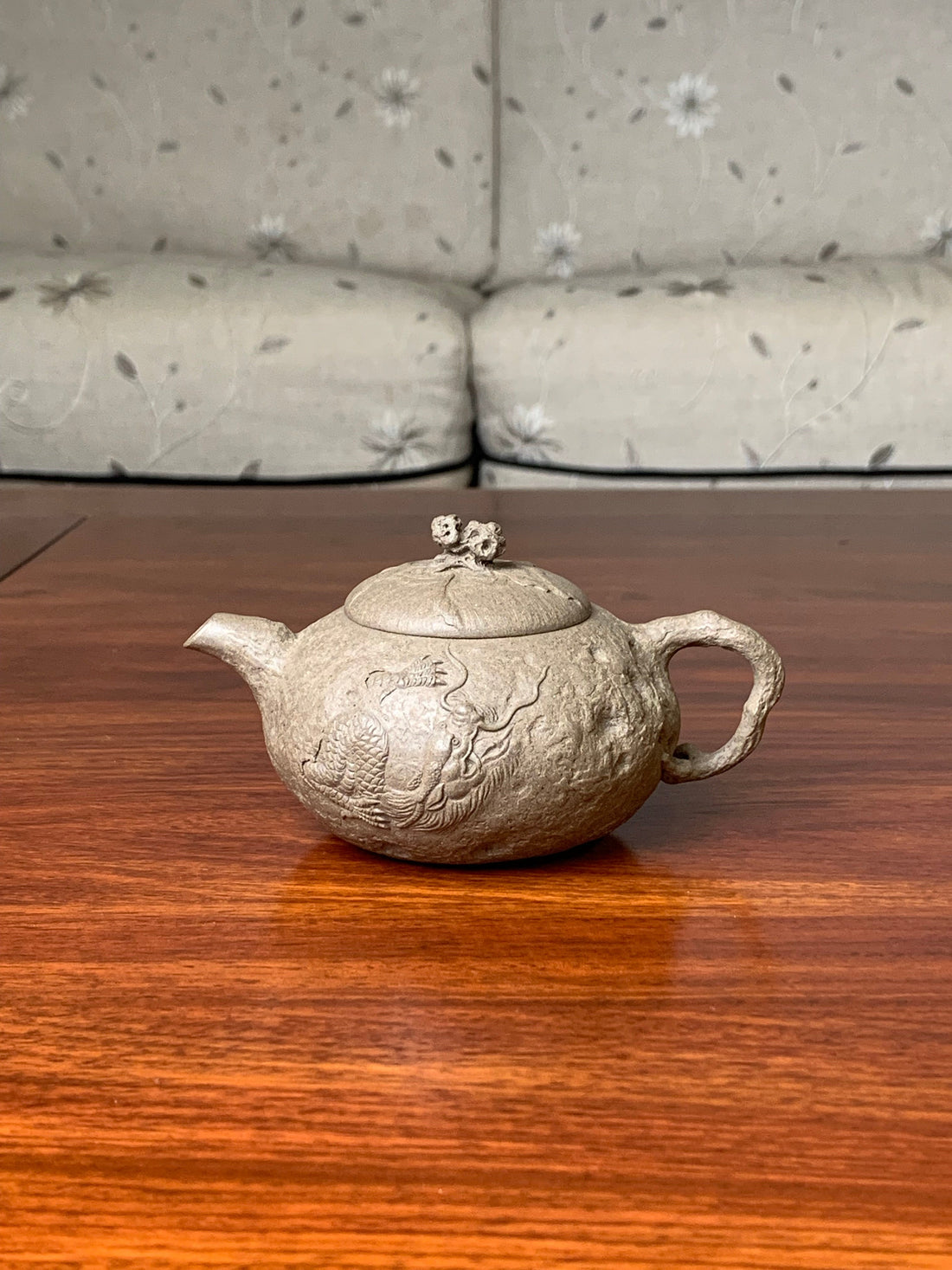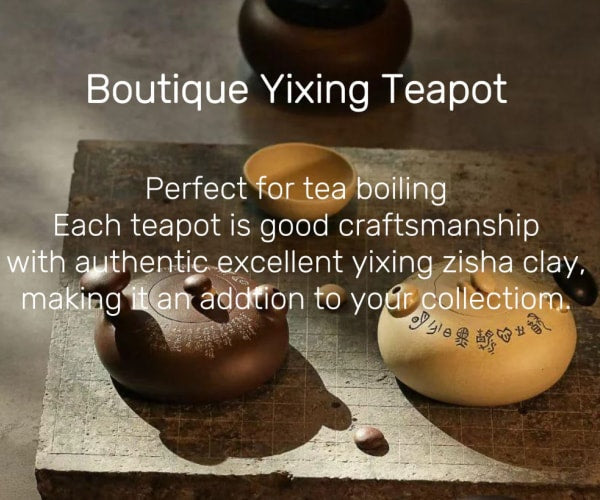Chinese vs Japanese Teapot: A Tale of Two Tea Cultures
The world of tea is as diverse as the cultures that cherish it. Nowhere is this more evident than in the contrasting designs and philosophies behind Chinese and Japanese teapots. While both nations share a deep reverence for tea, their teaware reflects centuries of distinct traditions, rituals, and aesthetic values rooted in the evolution of their respective tea ceremonies. Let’s explore how history, function, and artistry have shaped these iconic vessels.
The Roots of Difference: Tea Ceremonies and Philosophies
The divergence between Chinese and Japanese teapots begins with the development of their tea cultures.
In Japan, two primary tea traditions emerged: the matcha ceremony (茶の湯, chanoyu) and the sencha ceremony (煎茶道). The matcha ceremony, centered around whisking powdered green tea, evolved from China’s Song Dynasty (960–1279) diancha (点茶) method, where tea was whisked into a frothy brew. By contrast, the sencha ceremony, which involves steeping loose-leaf tea, draws inspiration from Ming Dynasty (1368–1644) practices. Today, Japan’s iconic tea rituals are most associated with the meditative, highly formalized matcha tradition.
Chinese tea culture, meanwhile, took a simpler, more adaptable path. While methods like boiling tea (煮饮) and steeping (冲泡) remain common, the focus shifted toward savoring the natural flavors of loose-leaf tea. This practicality, paired with an appreciation for artistry and sensory pleasure, shaped China’s teaware—particularly the beloved Yixing clay teapot.
Teapot Showdown: Iron vs Clay
The most striking difference lies in the materials and purposes of the teapots themselves.
Japanese Teapots (鉄瓶, tetsubin):
Crafted for boiling water over direct heat, Japanese iron kettles are masterpieces of durability and precision. Made through an arduous process involving 80+ steps—forging, hammering, and purifying iron sand—these kettles are designed to withstand high temperatures while enhancing water quality. The iron subtly infuses minerals, softening the water to create a smoother base for matcha or sencha. Many are also adorned with intricate 镶嵌 (inlay) patterns, blending function with understated elegance.

Chinese Teapots (紫砂壶, zisha hu):
China’s Yixing clay teapots, on the other hand, are designed for steeping tea, not boiling water. Made from porous purple clay (紫砂) found only in Jiangsu Province, these unglazed vessels "breathe," allowing tea oils to seep into the clay over time. This unique quality prevents stale flavors (熟汤气) and enhances the tea’s aroma, texture, and taste with each use. Yixing teapots are also prized for their tactile beauty; collectors "raise" them (养壶) through years of care, developing a lustrous patina that tells a story. For Chinese tea drinkers, the teapot is both a tool and a companion—a symbol of harmony between human craftsmanship and nature’s gifts.

Beyond the Teapot: The Curious Case of the Chasen
Another key distinction is the chasen (茶筅), a bamboo whisk critical to Japan’s matcha ceremony. Surprisingly, this tool has Chinese origins. Song Dynasty Emperor Huizong praised the chasen in his Treatise on Tea (《大观茶论》), describing its ideal weight, shape, and ability to froth tea without clumping. Yet, while China moved away from powdered tea after the Ming Dynasty, Japan preserved and perfected the chasen’s use.
Today, crafting a chasen is an art form. Artisans split a single piece of bamboo into dozens of delicate tines, each carefully shaped to create a velvety foam when whisking matcha. In Japan’s tea ceremonies, the chasen symbolizes precision and mindfulness—a humble tool that elevates the ritual. Its absence in modern Chinese tea culture underscores how traditions diverged, even as they remain linked by history.

Cultural Threads: Where Art Meets Ritual
Both Chinese and Japanese teapots reflect deeper cultural values.
-
Japan prioritizes discipline and ritual. The iron kettle’s durability mirrors the endurance required in tea practice, while the chasen’s fleeting beauty (most last only a few months) embodies wabi-sabi—the acceptance of impermanence.
-
China celebrates spontaneity and sensory joy. Yixing teapots, with their earthy textures and evolving character, invite playfulness and personal connection.
Yet, the shared DNA is undeniable. Japan’s matcha ceremony owes its existence to Song Dynasty innovations, while China’s Ming-era loose-leaf tea traditions resonate in Japan’s sencha practices. Even the chasen, though now uniquely Japanese, whispers of cross-cultural exchange.
Final Sips: A Toast to Diversity
Whether it’s the rugged iron tetsubin or the soulful Yixing clay pot, these teapots are more than vessels—they’re cultural storytellers. Japan’s teaware speaks of reverence for tradition and meticulous craft; China’s celebrates adaptability and the art of living.
For tea lovers, exploring both is a reminder that beauty lies in contrast. After all, the global tea tapestry is woven not by uniformity, but by the rich, steaming differences that make each sip an adventure.



